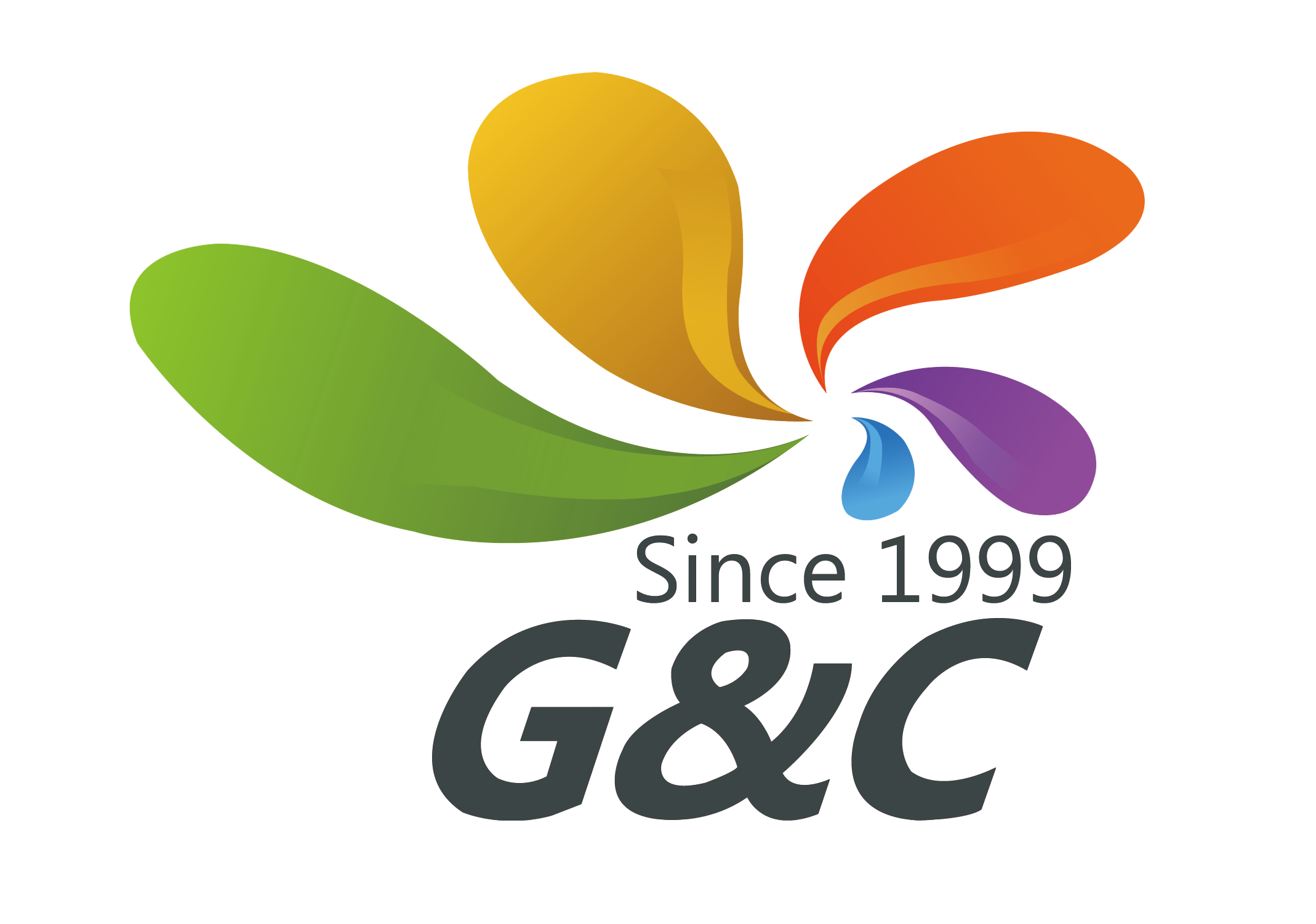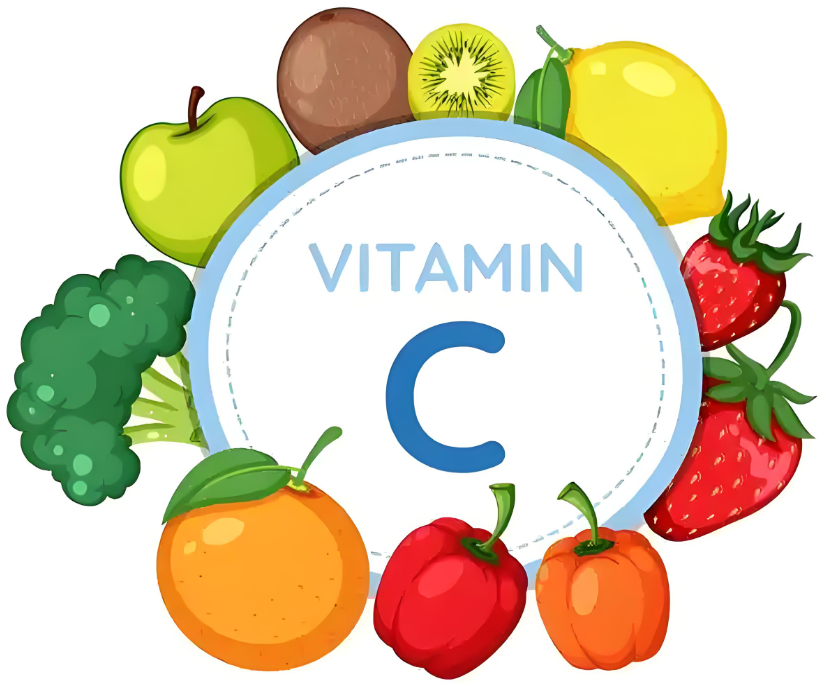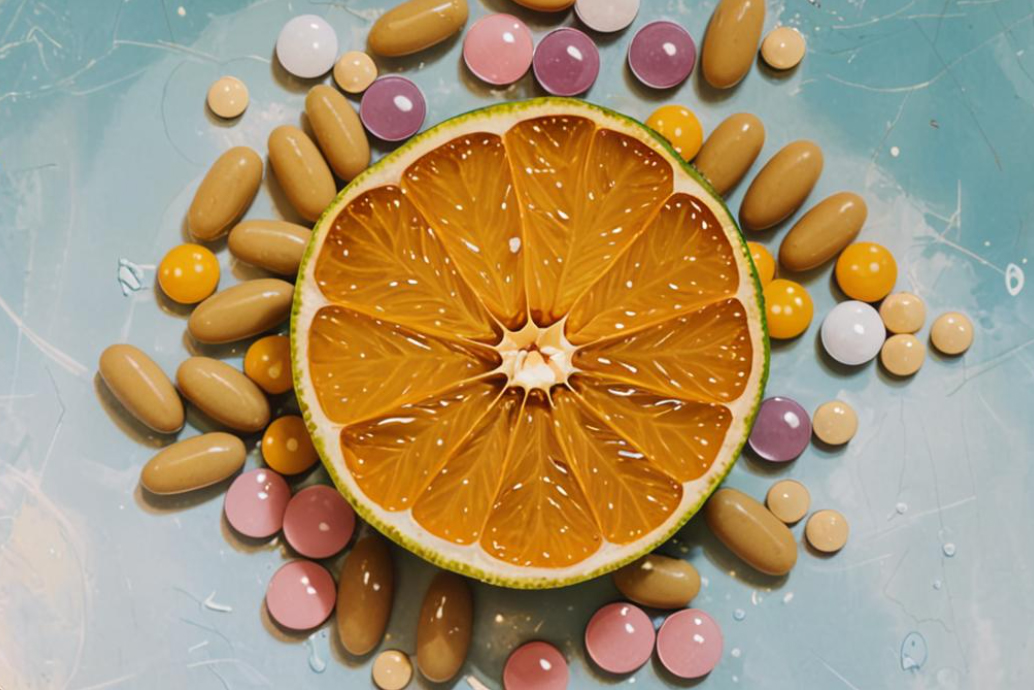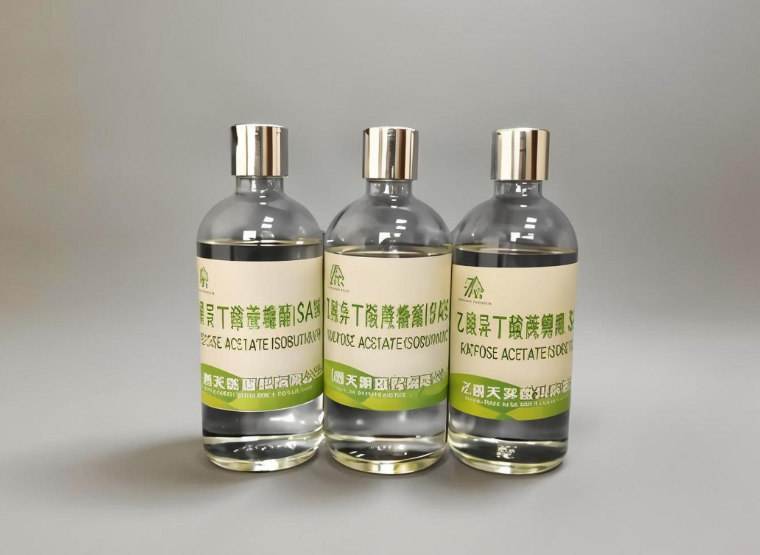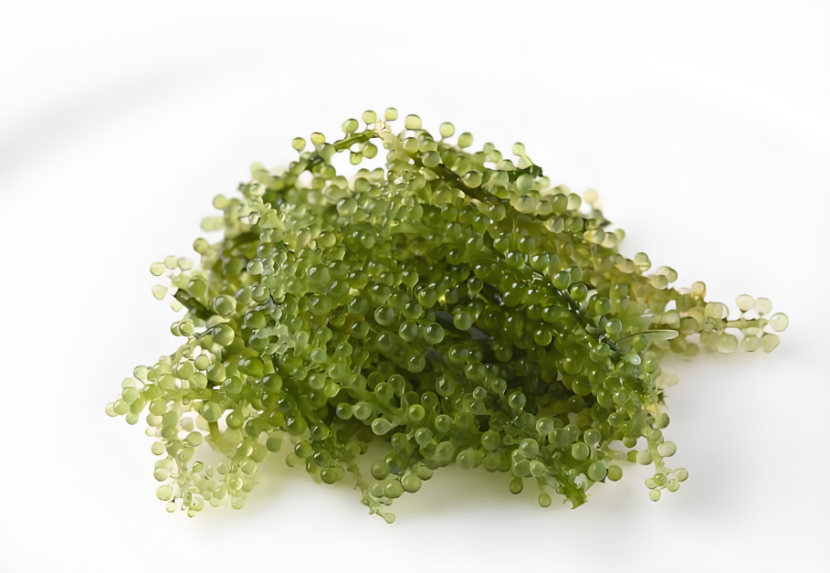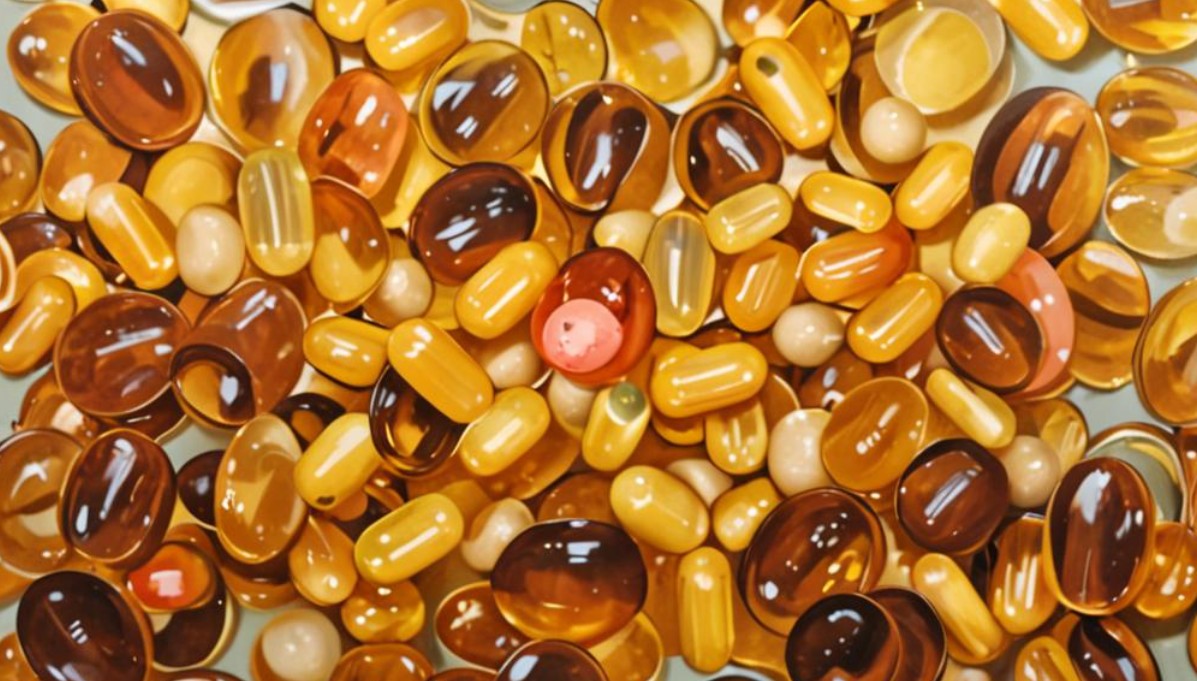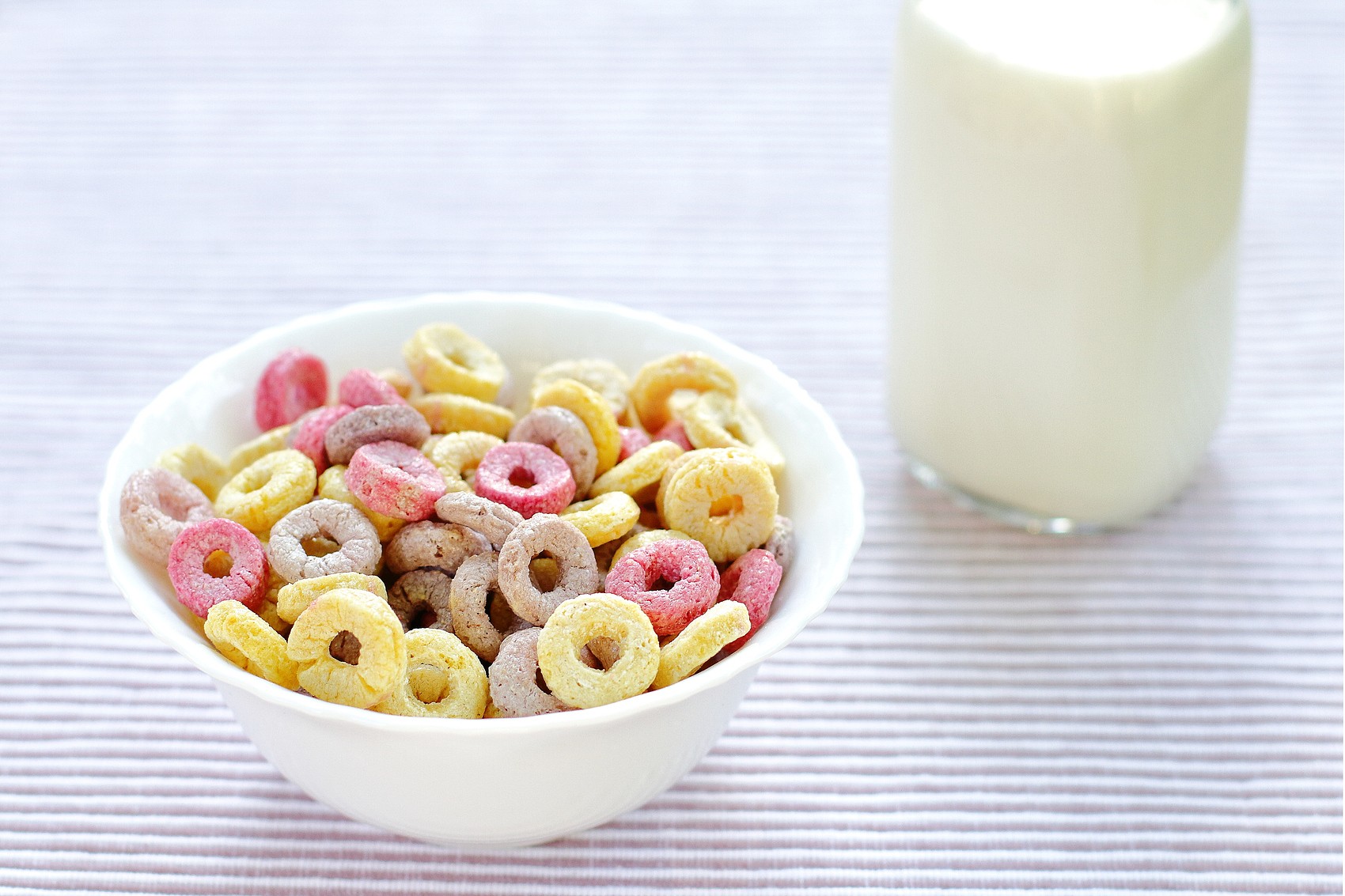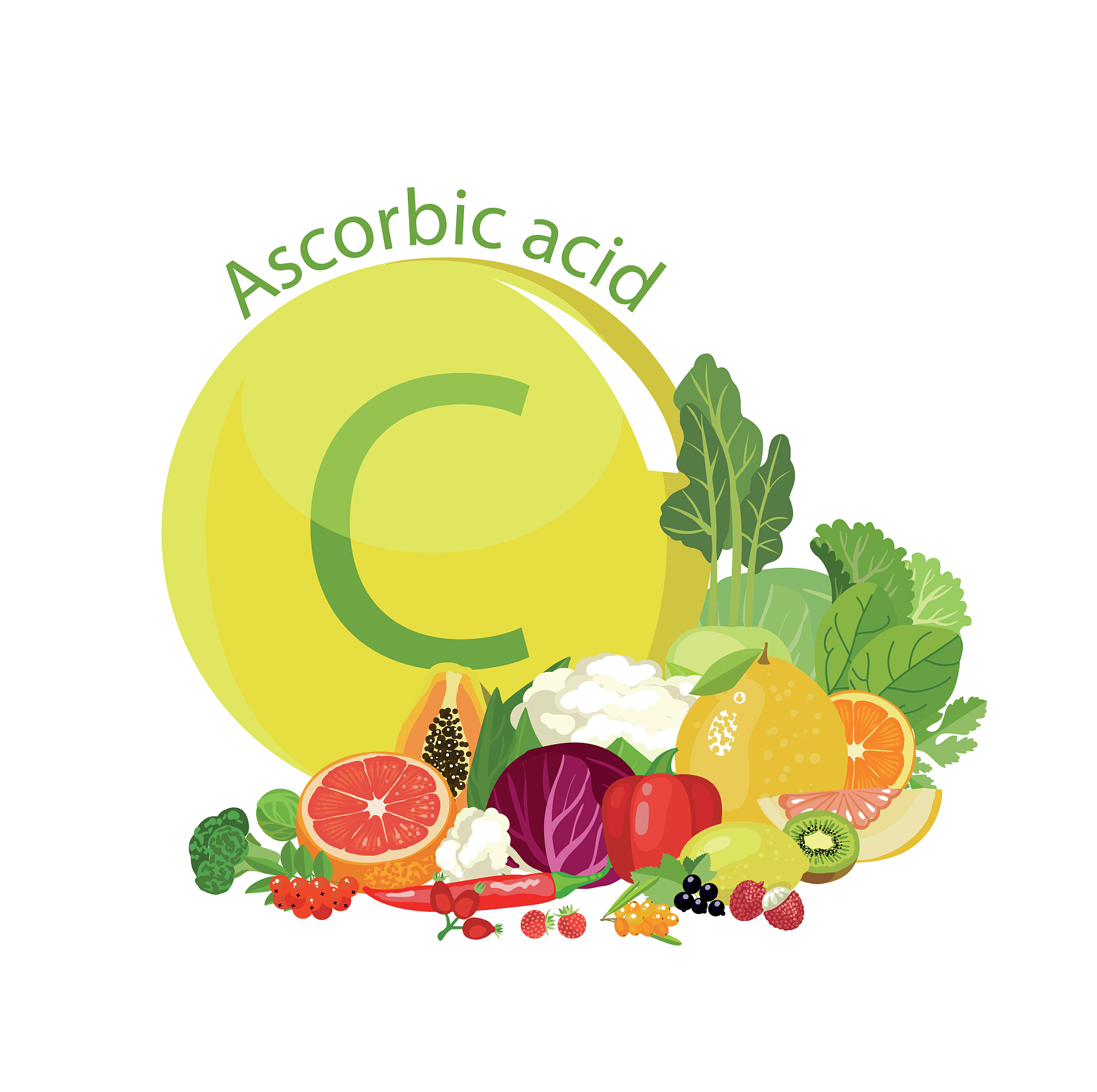Vitamin C during flu season
Many people will drink vitamin C effervescent tablets during the flu season, and the once-divine medicine "Vitamin C Yinqiao Tablet" also makes this generation who grew up listening to the name "vitamin C" and "anti-viral cold" linked together. So, does vitamin C, a vitamin with a long history, have such a role? How should I supplement vitamin C? Can vitamin C be too much? Is there a problem with eating too much?
This issue is about the topic of vitamin C, explore what vitamin C is, what role, how to supplement?
Vitamin C, also known as ascorbic acid, is a soluble vitamin with a chemical structure similar to glucose. Its main role in the human body has several:
Helps to synthesize important proteins: Vitamin C is necessary in the synthesis of collagen, which is contained in skin, teeth, and bones, so a lack of vitamin C will cause slow wound healing. Vitamin C also helps synthesize carnitine, an important carrier in fat metabolism. ② Vitamin C: helps to synthesize neurotransmitters, vasodilators and inflammation reducing substances prostacycline. Vitamin C: a natural antioxidant, it can supplement the body's antioxidant substances.
What are antioxidants? The concept of antioxidants is a bit abstract and needs to be explained.
Humans use oxygen to metabolize, in the process of metabolism will produce some oxygen molecules with only isolated electrons (including superoxide anion (.O2 -), hydroxyl radical (.OH) and hydrogen peroxide (H?O?)). This kind of isolated electron oxygen molecule is unstable and will run around freely so it's called an oxidizing radical.
Normal people will give an electron through other substances to neutralize these wandering oxidizing radicals, so there will be no trouble.
When exposed to external stimuli (such as radiation, chronic inflammation, pathogen attack) or their own metabolic abnormalities will produce too much oxidative free radicals, can not be timely neutralized.
These free radicals destroy the cell wall and the cell's genetic material by robbing other molecules of electrons, accelerating cell apoptosis and leading to disease [1].
The so-called antioxidants are electron donors, which can provide electrons to oxidizing free radicals, so that it becomes a non-harmful oxygen molecule. Excessive oxidative free radicals cause great harm to the human body, so there are many antioxidants in the human body, dietary antioxidants mainly exist in fresh fruits and vegetables, many studies have found that eating more fruits and vegetables can reduce mortality is actually related to the rich antioxidant substances in these foods.
The most common dietary antioxidants include: beta carotene and related carotenoids (vitamin A), vitamin C, and various forms of vitamin E.
Vitamin C cannot be synthesized by the body and must be obtained from food. Vitamin C in food is absorbed in the small intestine, and this absorption process is also adaptive, eating too much will lead to a decrease in the proportion of absorption, when the intake is more than 1000mg per day, the absorption rate is only 50% or less.
The recommended daily vitamin C requirement in the United States is: 15-45mg/ day for children; 75mg/ day for women; 90mg/ day for men; up to 120mg/ day for pregnant or lactating adults. The upper limit of vitamin C intake for adults is 2000mg/ day.
② China's resident dietary nutrient reference intake: the recommended amount of vitamin C for most adults is 100mg, and the upper limit is 2000mg.
Can too much be harmful? Because vitamin C is a water-soluble vitamin, excess can be excreted through the kidney and rarely cause poisoning, but there is a problem that needs attention in kidney stones, because vitamin C will increase the content of oxalate in the urine, and too much oxalate will form stones with calcium. There is a correlation between dietary and supplement intake of vitamin C and oxalate kidney stones in men [2]. Therefore, it is not recommended to take more than the recommended upper limit of vitamin C.
When it comes to vitamin C, the first thing that comes to mind is oranges and sour lemons, in fact, many vegetables and fruits have a lot of vitamin C content. If you order the amount of vitamin C per 100g of food, oranges are far from the first.
The following ingredients are rich in vitamin C:
Color pepper and green pepper: Red pepper 100g contains 190mg vitamin C, A medium-sized color pepper can meet the vitamin C needs of 2 days, but also provide vitamin A, can be said to be an antioxidant factory, only 26kcal. The vitamin C content of green pepper is slightly less, but enough to meet the needs of 1 day, in fact, the vitamin C content of red pepper is also very high, 1 small bowl can reach 100mg or even more, but not everyone can tolerate;
Broccoli: 100g broccoli contains 90mg of vitamin C, which is exactly 1 day's requirement, and it also provides 2.6g of dietary fiber, which is only 34kcal.
Kiwi fruit is also rich in vitamin C. Regardless of other effects, papaya's vitamin content is very rich, 100g papaya contains 62mg of vitamin C, while containing A lot of vitamin A, only 39kcal. Other fruits and vegetables rich in vitamin C include peas, strawberries and so on.
The last 100g of oranges and lemons contain 53mg of vitamin C, and eating two a day is not a lack of vitamin C.
